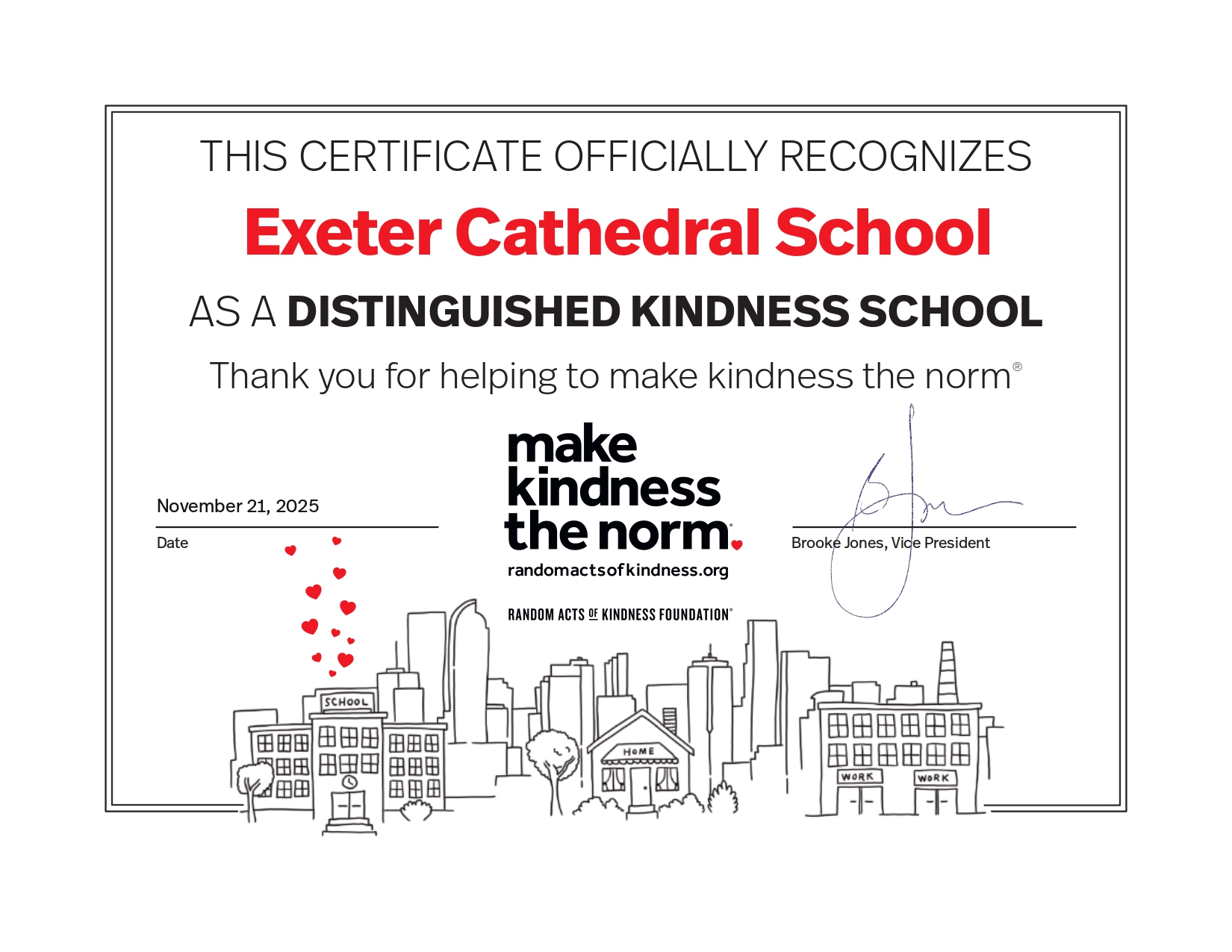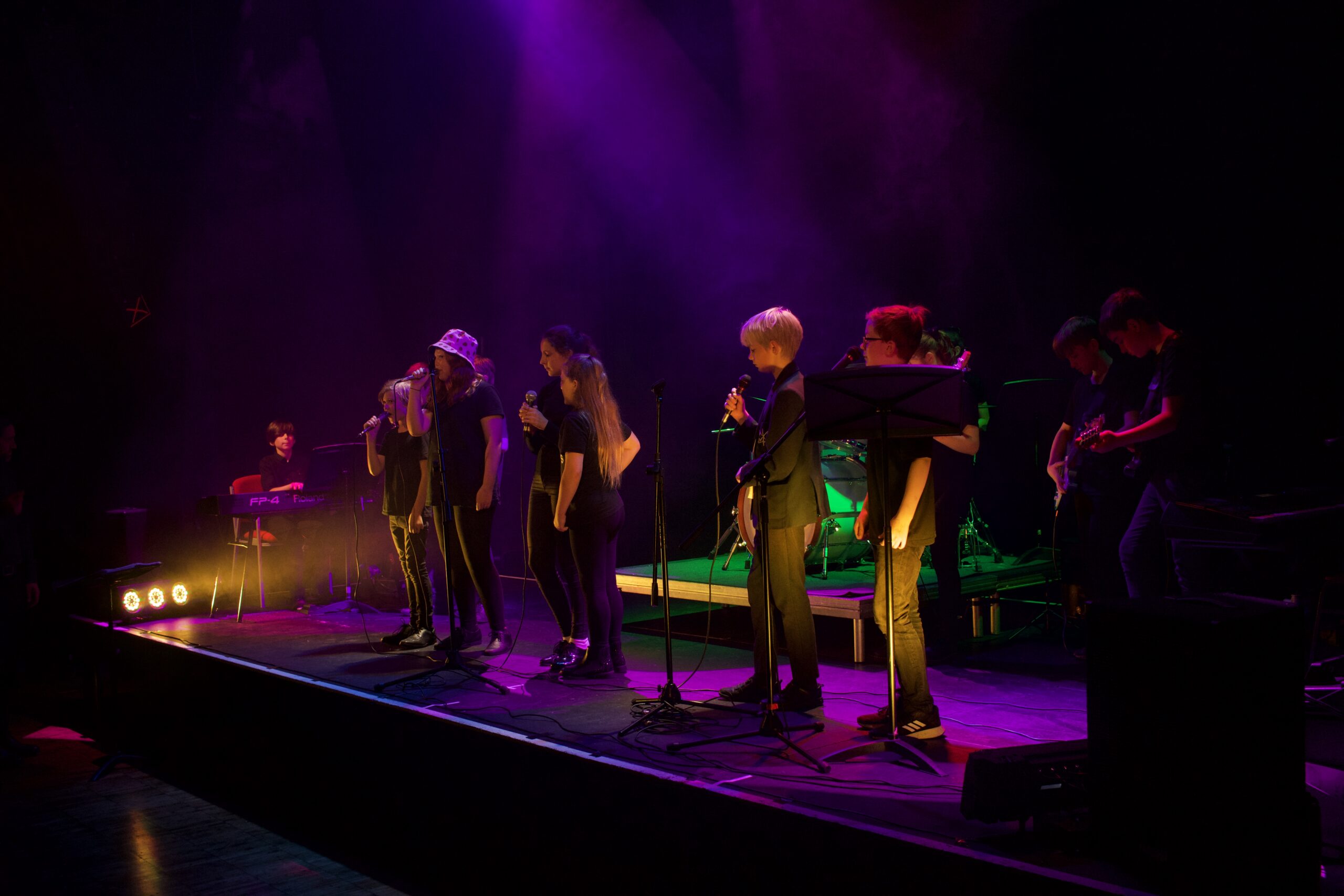Personal letter-writing, when exercised for friendship and encouragement [and maybe even creative criticism!], no matter how long or short, reveals the quality of relationship between writer and recipient. Personal letters are an important element in friendship and caring. They are a form of prayer. They are not a dying art, but a living art!

An important guide is this: Don’t be over-concerned about the ‘how’ but ‘who you are’ in the writing.
Here are three ways of writing a personal letter.
- Get your favourite pen out and write on paper or on a card, put it in an envelope with a stamp and then take it to a postbox [or ask someone else to help!]. Yes, I admit, stamps are expensive. But isn’t friendship worth a second-class stamp?
- An easier and, some would add: are emails; at least personal ones. They can be more interesting when you change the font and the colour and even add photographs etc. But you can do that with handwriting as well.
- Write/type your letter on your laptop, on a document that has your address etc. as if you were going to print it. Adding your photographed signature can be an attractive touch.
Writing to someone from your heart is a gift. For a start, you are giving the person time as you write. Replying to a letter can show whether you’ve read the letter you’ve received with care. That’s why it’s worth keeping personal letters; hand-written typed or on email. Letters that you write and receive are, in a sense glimpses into your or the other person’s life. To repeat, they’re acts of praying.
Letters can, of course, be direct and challenging, as well.
This is one of many letters from the artist Vincent van Gogh to his brother. Perhaps most of us are not accomplished artists, but little sketches added to a letter can make them memorable.
How much of our knowledge of history is gained through letters!
This painting is of someone reading a letter, by Gwen John in 1924. Receiving a letter, as most people will tell you, is being given a gift that can be touched, reread, treasured.

Children naturally want to write and draw on letters. Encourage it in them and in yourself.
Letters are prayers!








